It’s an exciting week for AHA as we announce our latest healthcare offering that blends the latest science and technology to better support for hospitals and healthcare providers in their efforts to save more lives. We developed the AHA Resuscitation Quality Improvement Program (AHA RQI Program) to help healthcare providers maintain skill competency and achieve better patient outcomes through regular, low-dose/high-frequency high-quality CPR training. Check out this video to learn more about this new training solution that I expect will be a game-changer in the resuscitation education space.
Our research has shown that psychomotor skills related to resuscitation can decay within just three to six months – far before the two-year standard when basic and advanced life support skills are currently evaluated. The 2013 AHA Consensus Statement, “Cardiopulmonary Resuscitation Quality: Improving Cardiac Resuscitation Outcomes Both Inside and Outside the Hospital” states that poor-quality CPR leads to poor patient outcomes creating a “preventable harm” to the patient.
We created RQI to teach healthcare providers high-quality CPR in a more effective, concise and convenient way that drives them to practice and retain these skills with confidence. The subscription-based training program provides the same cognitive and skills modules as a traditional CPR training program, but delivers it quarterly rather than every two years to ensure resuscitation skills remain at the highest standard.
Early adopters include Texas Health Resources, UT Southwestern Dallas and University of Alabama at Birmingham. “We chose RQI because we believe the conversion to maintenance of competency will drive quality resuscitation and deliver better patient outcomes. Using RQI, our staff can achieve higher CPR proficiency in less time, for less cost, and with better skill retention,” said Michael Kurz, M.D. M.S., associate professor of emergency medicine at the University of Alabama at Birmingham School of Medicine and member of the AHA’s Emergency Cardiovascular Care committee Systems of Care subcommittee.
RQI is the next evolution of dynamic CPR training, bringing the latest learning technology and simulation stations directly to the provider. We are excited to expand our RQI program beyond the pilot phase, and more importantly, improve patient outcomes across the country.
















